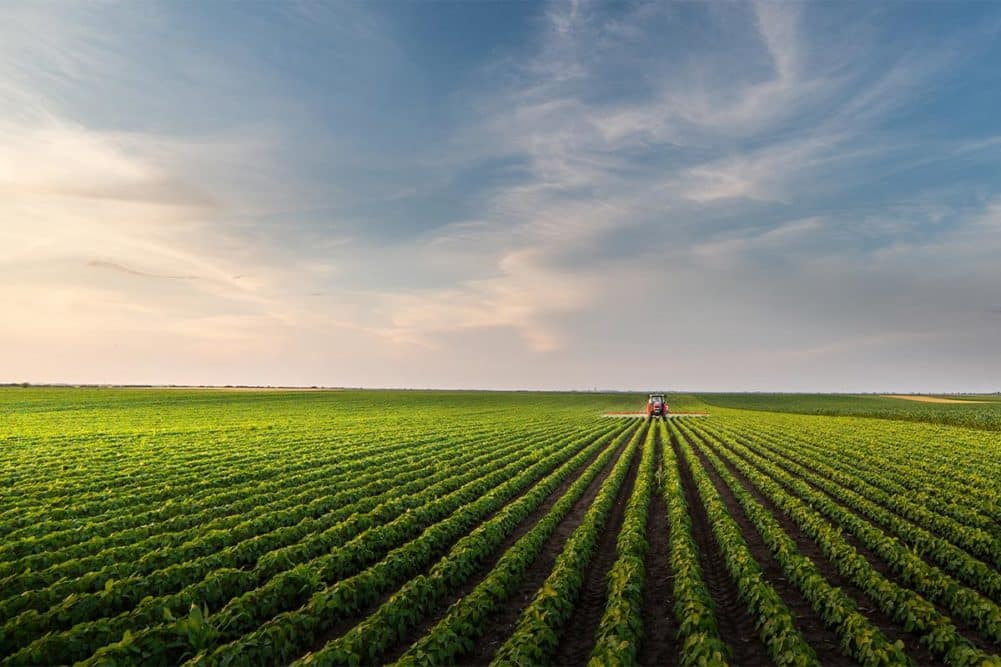I presented my research, "Mapping of natural and artificial channel networks in forested landscapes using LiDAR data to guide effective ecosystem management" at the 2022 EGU General Assembly.
High-resolution Light Detection and Ranging (LiDAR) data provide unique opportunities for landscape-scale mapping of hydrological features. LiDAR-derived digital elevation models are particularly valuable for identifying channel networks in densely forested landscapes, where satellite imagery-based mapping approaches are challenged by forest canopies. Artificial drainage practices have caused widespread alteration of northern landscapes of Europe and North America which likely have had significant impacts on hydrological connectivity and ecosystem functioning. However, these artificial channels are rarely considered in ecosystem management and poorly represented in existing geomorphological datasets. In this study, we conducted a landscape-scale analysis across 11 selected study regions in Sweden using LiDAR data for the virtual reconstruction of artificial drainage ditches to understand the extent of their ecological impacts.
We utilized a 0.5 m resolution digital elevation model for mapping natural channel heads and artificial ditches across the study regions. We also implemented a unique approach by back-filling ditches in the current digital elevation model to recreate the prehistoric landscape. This enabled us to map and model the channel networks of prehistoric (natural) and current (drained) landscapes. We found that 58% of the prehistoric natural channels had been converted to ditches. Moreover, the average channel density increased from 1.33 km km‑2 in the prehistoric landscape to 4.66 km km-2 in the current landscape, indicating substantial ditching activities in the study regions.
Our study highlights the need for accurate delineation of natural and artificial channel networks in northern landscapes for effective ecosystem restoration and management. We presented an innovative technique for comparing the channel networks between the prehistoric natural landscape and current modified landscape by integrating advanced LiDAR data, extensive manual digitization, and modeling; a highly suitable combination for channel network mapping in dense forest landscapes. The developed methodology can be implemented in any landscape for understanding the extent of human modification of natural channel networks to guide future environmental management activities and policy formulation.
How to cite: Paul, S. S., Hasselquist, E. M., Lidberg, W., and Ågren, A. M.: Mapping of natural and artificial channel networks in forested landscapes using LiDAR data to guide effective ecosystem management, EGU General Assembly 2022, Vienna, Austria, 23–27 May 2022, EGU22-8728, https://doi.org/10.5194/egusphere-egu22-8728, 2022.




